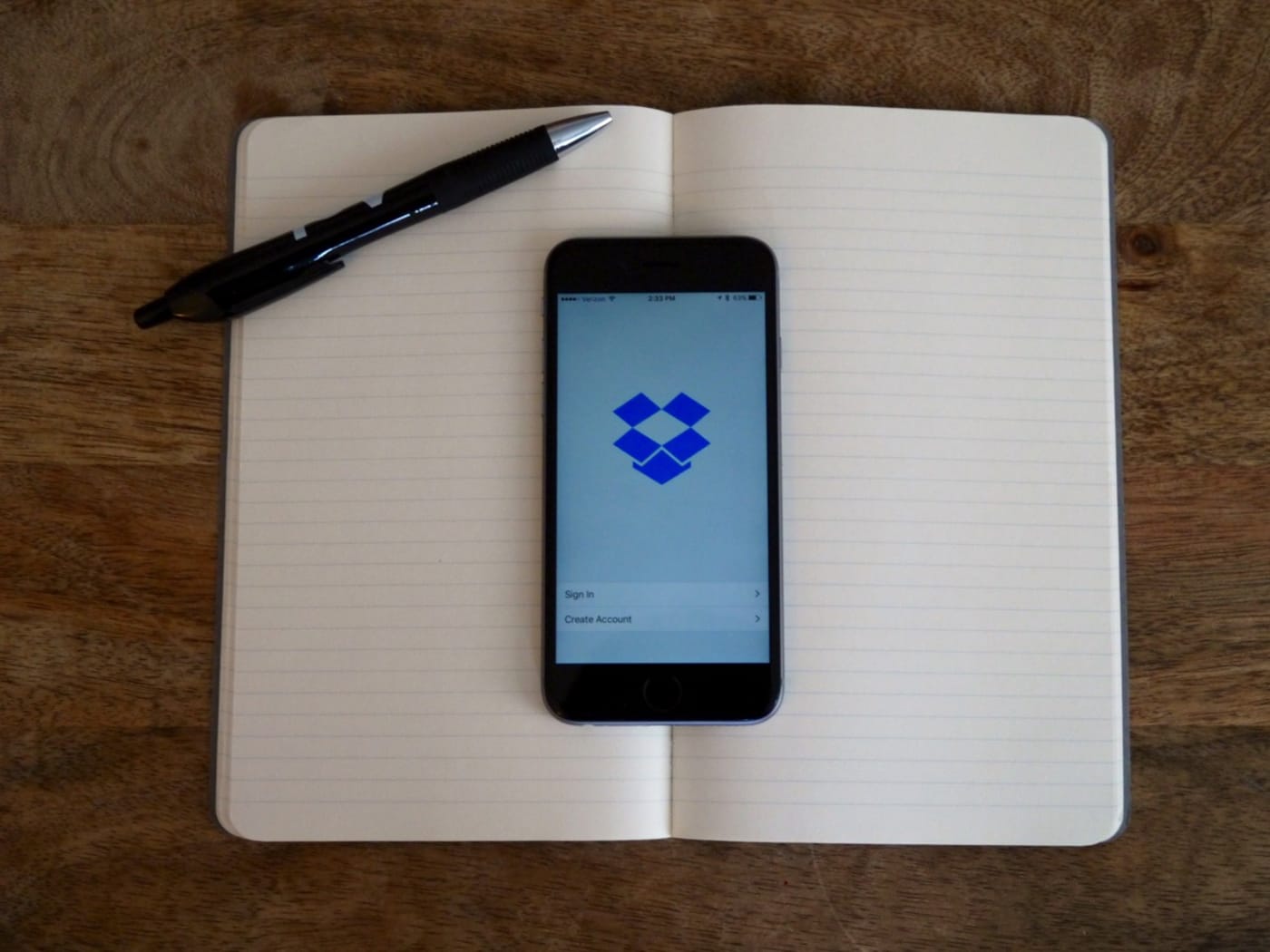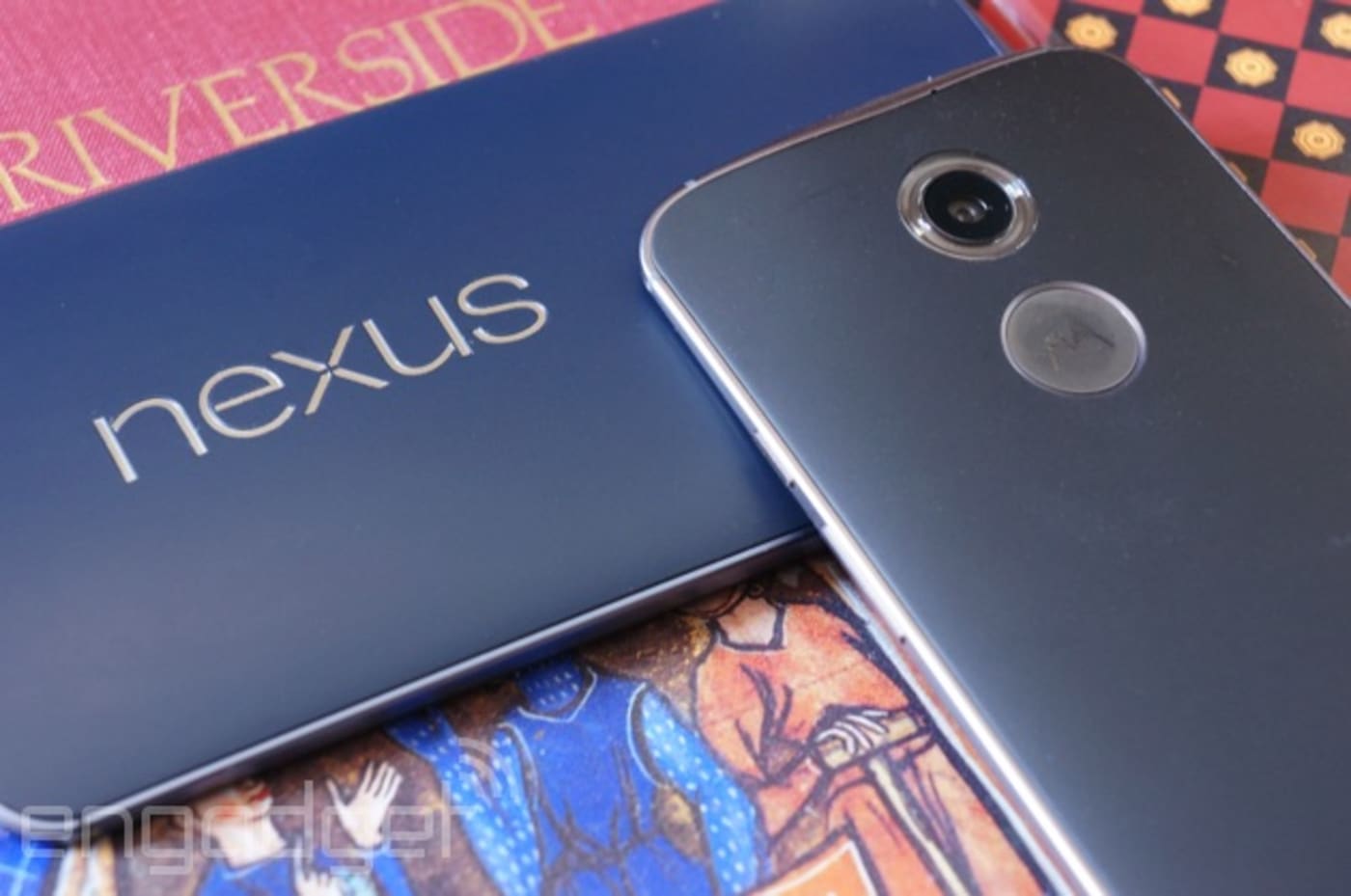
Thanks to Linus Torvalds' figurative stroke of the pen, the Linux kernel 3.10 is now final -- paving the way for its inclusion in a bevy of Linux distributions, and even offshoots such as Android and Chrome OS. The fresh kernel brings a good number of changes, such as timerless multitasking, a new caching implementation and support for the ARM big.LITTLE architecture. In simplistic terms, the new multitasking method should help improve performance and latency by firing the system timer only once per second -- rather than 1,000 times -- when tasks are running. Meanwhile, users with both traditional hard drives and SSDs will find performance benefits from bcache, which brings writeback caching and a filesystem agnostic approach to leveraging the SSD for caching operations. Also of significance, Linux kernel 3.10 enhances ARM support by including the big.LITTLE architecture, which combines multiple cores of different types -- commonly the Cortex-A7 and Cortex-A15 -- that focus on either power savings or performance. The full list of improvements is rather lengthy, but if you feel like nerding out with the changelog, just grab a caffeinated beverage and get to it.
Filed under: Misc
Comments
Via: Tech2.in
Source: Linus Torvalds (Linux Kernel Mailing List)
 On the surface, Dropbox's Project Infinite sounds great. The feature will give you access to everything in your account without having to store them on your computer. It's bound to save space, especially if you're using an SSD with a smaller capacity...
On the surface, Dropbox's Project Infinite sounds great. The feature will give you access to everything in your account without having to store them on your computer. It's bound to save space, especially if you're using an SSD with a smaller capacity...
 On the surface, Dropbox's Project Infinite sounds great. The feature will give you access to everything in your account without having to store them on your computer. It's bound to save space, especially if you're using an SSD with a smaller capacity...
On the surface, Dropbox's Project Infinite sounds great. The feature will give you access to everything in your account without having to store them on your computer. It's bound to save space, especially if you're using an SSD with a smaller capacity...
 Red Hat and security company Perception Point recently revealed a Linux flaw they say could affect servers, PCs and up to 66 percent of Android phones on the market. The vulnerability directly affects the OS's kernel, and could give attackers a way t...
Red Hat and security company Perception Point recently revealed a Linux flaw they say could affect servers, PCs and up to 66 percent of Android phones on the market. The vulnerability directly affects the OS's kernel, and could give attackers a way t...







